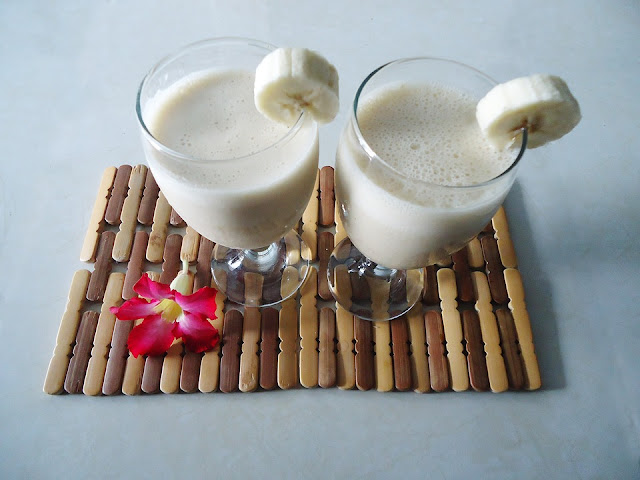Health Benefit Of Basil Leaves
English Name: Clove Basil
Local Name : Nchuawun(Igbo), Efirin(Yoruba), Daidoya (Hausa), Ntong(efik), Aramogbo (Edo)
Botanical Name: Ocimum gratissimum
Scent leaves/basil leaves/Efirin/Nchuawun is used in the preparation of foods such as pepper soup, OfeAkwu, Yam porridge, Vegetable soups e.t.c and as the name implies, it gives a wonderful aroma to the meals it's prepared with. It can also be used in treatment of Malaria( The juice extract) Mixed with unripe/ partially ripe pawpaw.
Basil is originally native to Iran, India and other tropical regions of Asia. This bushy annual herb is especially grown for its medicinally useful leaves and seeds. Basil grows best under warm, tropical climates. Fully-grown plant reaches about 100 cm in height. Its leaves vary from light-green to purple, smooth and silky, about 1 to 2.5 inches long and 0.5 to 1 inch broad with opposite arrangement. The flowers are quite large, white or purple, arranged in terminal spikes.Varieties of basil herb exist. "Mediterranean" cultivar which is typically known as sweet basil has light green leaves as opposite to "Asian basil" (Ocinum sanctum) that features large, hairy stems and stalks with pink flowers, purple or pink leaves in addition to possessing stronger ‘clove’ like flavor. There is also lemon basil, which has "lemon" flavor. Thai basil (O. basilicum 'Horapha') is similar in characteristics to Asian basil but features narrow, pointed, light green color leaves with a sweet licorice like aroma
Some Basil Benefits
In Ayurvedic medicine, holy basil has
been used for thousands of years. However, it is just in recent
decades (and especially the past few years) begun gaining popularity
in the West.
Adaptogens essentially adapt to serve the body
where it needs them most. Typically, adaptogens are characterized as
stress-busters, and this is where we will find the majority of
research on tulsi.
While all scientific research on the
plant has been done on lab animals and not reproduced in humans,
case after case of anecdotal evidence and thousands of years of use
can't be wrong.
Holy basil has numerous beneficial
properties including:
These properties alone can account for
many potential benefits including increased sense of well-being,
increased immune function, and disease prevention.
Known benefits of holy basil include:
- Clearing Acne
Both as a general health tonic and as a
treatment for specific maladies, Basil has been the go-to herb for
millennia. Experience holy basil benefits today - by growing your
own!
How to Grow Basil
Basil leaves is an excellent addition to any
herb garden and can do well in either pots or in the ground.
It
prefers warm soil, so don't plant seeds until after the last frost
of the season and when the average daily temperature is 65 to 70
Fahrenheit. Alternately, you can start with a small plant and
transplant it to the garden or pot to have a head start.
The holy basil plant prefers sunlight,
so don't place it in a shady spot. A little afternoon shade would be
okay, but full sun is best. Be cautious that it gets plenty of
water, as drying out in the hot summer sun could mean certain death.
As it grows it will develop flowers. To
encourage a larger, bushier plant, you can pinch off these blossoms.
However, most sources say that letting the plant flower won't affect
its healing potency much.

Comments